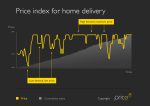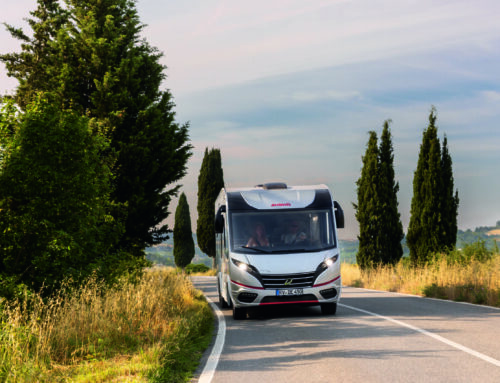You’ve been looking at those expensive shoes from your favorite brand for a while. Unfortunately, the price has been too expensive for you, so you’ve decided not to purchase them. After all, the cost of acquiring them is almost one third of your salary. It’s just not feasible, as you have to pay the bills. Additionally, you also need food on the table.
You wake up the next morning. As you make yourself a cup of coffee, you receive a notification on your phone. The notification is about the shoes. Now, the price of the shoes is only one fourth of your salary. The price seems okay, you think. You go for it. You got yourself new shoes.
Sounds a bit weird, right? Why would you be following the price like that for a pair of shoes? After all, it’s just shoes. However, change the scenario from shoes to flights abroad. Now the scenario sounds a lot more relatable. Dynamic pricing has been common in hotel and aviation industries for years. It’s normal to check what the prices for e.g. a flight abroad are. The same will happen in other industries as well, now that we have the technologies and data for it.
As we go further into the 2020s, this type of price monitoring will become even more common. With constantly changing prices, consumers can gain large savings, just as with flights. By monitoring prices, you can find a price point that suits your needs and purchasing power. It’s already common to receive notifications when prices for flights are changing. This will be the future trend for other products/services as well. Perhaps one day your home assistant Alexa will notify you that the price for a product has changed. In this way, you, the consumer, will become more informed about prices.
One example of this is our cooperation with Kotipizza, where the price of home deliveries changes constantly during the day, based on demand. As the graph below shows, customers monitoring the price can gain quite large savings by buying the service when the price is low. There are also benefits with higher prices: those, with the highest need and purchasing power, can receive the product/service faster, as a higher price could be too expensive for most of the consumers.

All in all, with the increase of dynamic pricing, the consumer knowledge of prices will increase. As technologies evolve, consumers can monitor prices and receive notifications about them around the clock, while making the purchase of a product in just a couple of seconds. With this, both consumers and companies benefit. Change is coming, welcome on board!





